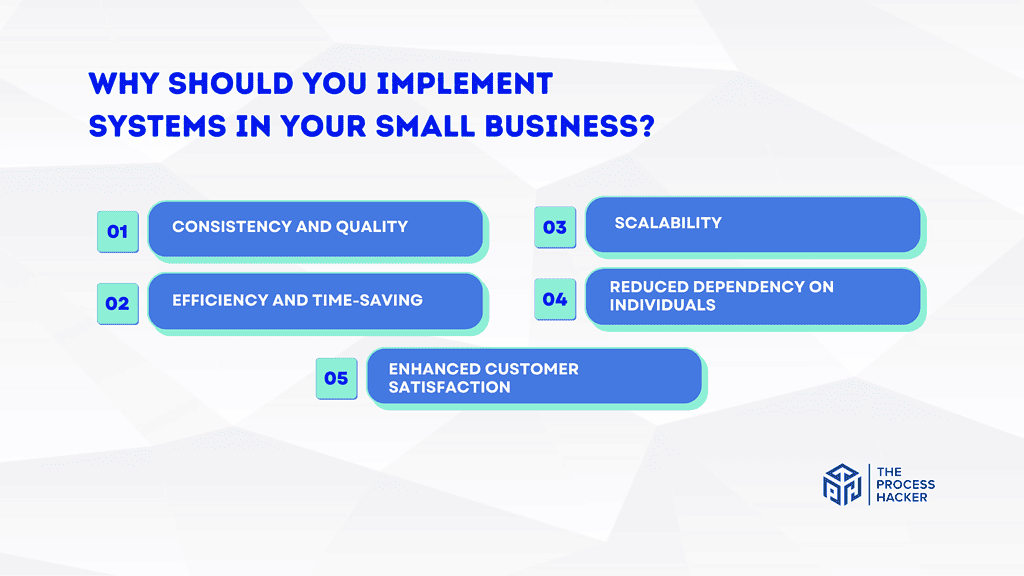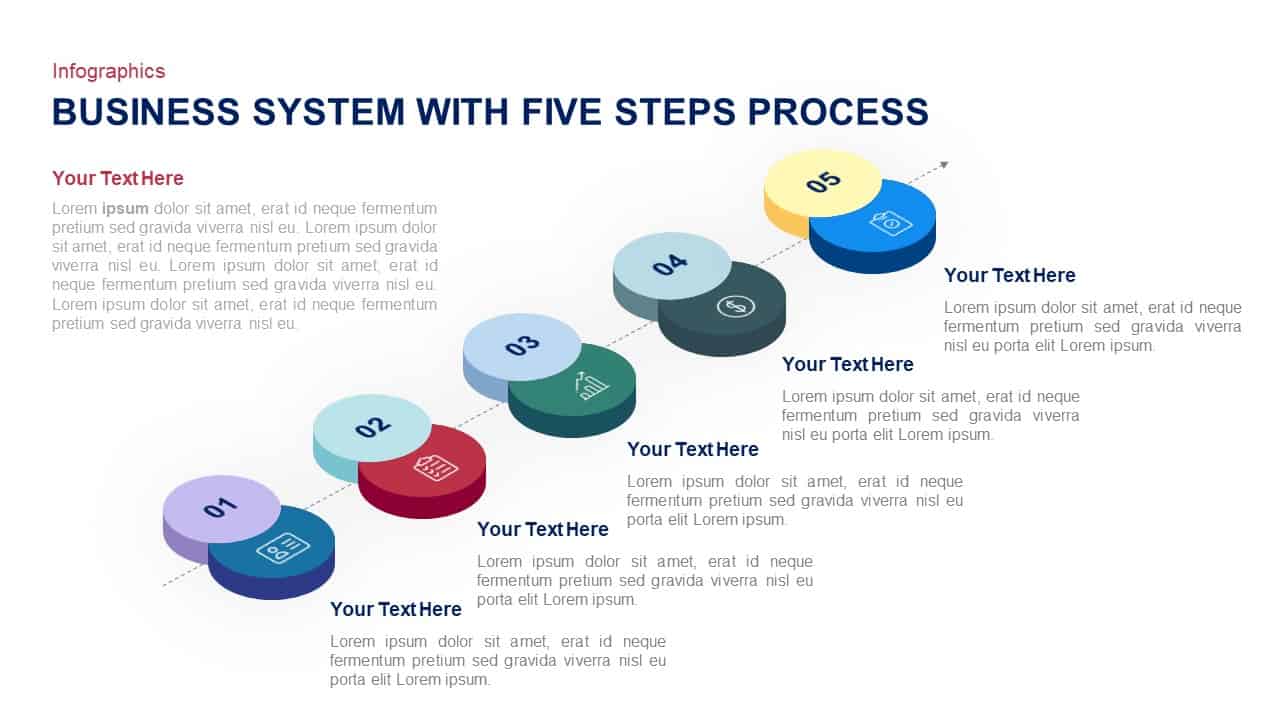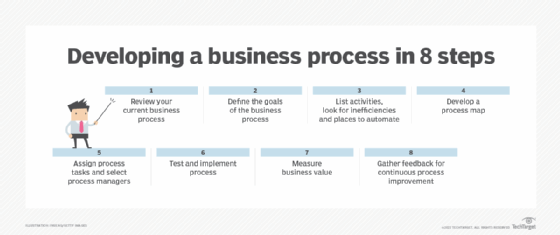Creating A System For Your Business

The chaotic hum of daily operations can quickly drown out the strategic vision of any business. Unpredictable workflows, duplicated efforts, and a constant sense of firefighting become the norm, stifling growth and frustrating employees. The antidote? A robust and well-defined system – a blueprint for how work gets done.
For businesses seeking sustainable success and scalable operations, developing and implementing effective systems is critical. This article explores the key elements of creating business systems, drawing on industry best practices and expert insights to provide a practical guide for organizations of all sizes, from startups to established enterprises.
The Foundation: Mapping and Documenting
The first step in building a system is understanding the current state of your business. This involves thoroughly mapping out all processes, from sales and marketing to operations and customer service. Documenting these processes, even the seemingly simple ones, provides a clear baseline for improvement.
Harvard Business Review suggests using flowcharts and process maps to visualize workflows. This helps identify bottlenecks, redundancies, and areas where standardization is lacking. According to a study by Deloitte, businesses with well-documented processes are 28% more likely to report higher levels of efficiency.
Standard Operating Procedures (SOPs)
SOPs are detailed, step-by-step instructions for performing specific tasks. They ensure consistency and accuracy, regardless of who is performing the work. A well-written SOP eliminates ambiguity and reduces the risk of errors.
Creating SOPs requires collaboration between management and employees who actually perform the tasks. Their input is critical for ensuring that the SOPs are practical and relevant. The Small Business Administration (SBA) offers templates and guidance for developing effective SOPs.
Technology as an Enabler
Technology plays a crucial role in automating and streamlining business processes. Investing in the right software and tools can significantly improve efficiency and reduce manual effort. Consider implementing a Customer Relationship Management (CRM) system for managing customer interactions.
Gartner reports that businesses using CRM systems see an average increase of 29% in sales. Enterprise Resource Planning (ERP) systems can integrate various functions, such as finance, supply chain, and human resources, providing a single source of truth for business data. Choose technology solutions that align with your business needs and are scalable to accommodate future growth.
Automation and Integration
Automating repetitive tasks frees up employees to focus on more strategic and creative work. Integration between different systems ensures seamless data flow and eliminates data silos. For example, integrating your CRM with your accounting software can automate invoicing and revenue tracking.
According to a McKinsey report, up to 45% of work activities can be automated with currently available technologies. This not only improves efficiency but also reduces the risk of human error. Remember to provide adequate training for employees on new technologies to maximize their adoption and effectiveness.
Continuous Improvement and Measurement
Creating a system is not a one-time effort. It requires continuous monitoring and improvement. Regularly review your processes and SOPs to identify areas for optimization.
Implement Key Performance Indicators (KPIs) to track the effectiveness of your systems. These metrics provide valuable insights into areas where improvements are needed. Lean Six Sigma principles offer a structured approach to process improvement, focusing on eliminating waste and reducing variability.
Feedback Loops and Iteration
Establish feedback loops to gather input from employees and customers. Their perspectives can reveal hidden pain points and opportunities for improvement. Regularly iterate on your systems based on feedback and performance data.
Consider using tools like surveys and focus groups to gather qualitative feedback. A culture of continuous improvement encourages employees to actively participate in identifying and solving problems. This fosters a sense of ownership and accountability.
The Human Element
Even the most sophisticated system will fail if employees are not properly trained and motivated. Invest in training programs that equip employees with the skills and knowledge they need to perform their tasks effectively. Communicate the importance of the system and how it benefits both the business and the individual.
Recognize and reward employees who embrace the system and contribute to its improvement. A Gallup study found that businesses with engaged employees are 21% more profitable. Create a culture of accountability, where employees are held responsible for following established processes.
Creating effective business systems is an ongoing journey, not a destination. By focusing on mapping and documenting processes, leveraging technology, embracing continuous improvement, and prioritizing the human element, businesses can create a foundation for sustainable growth and success.




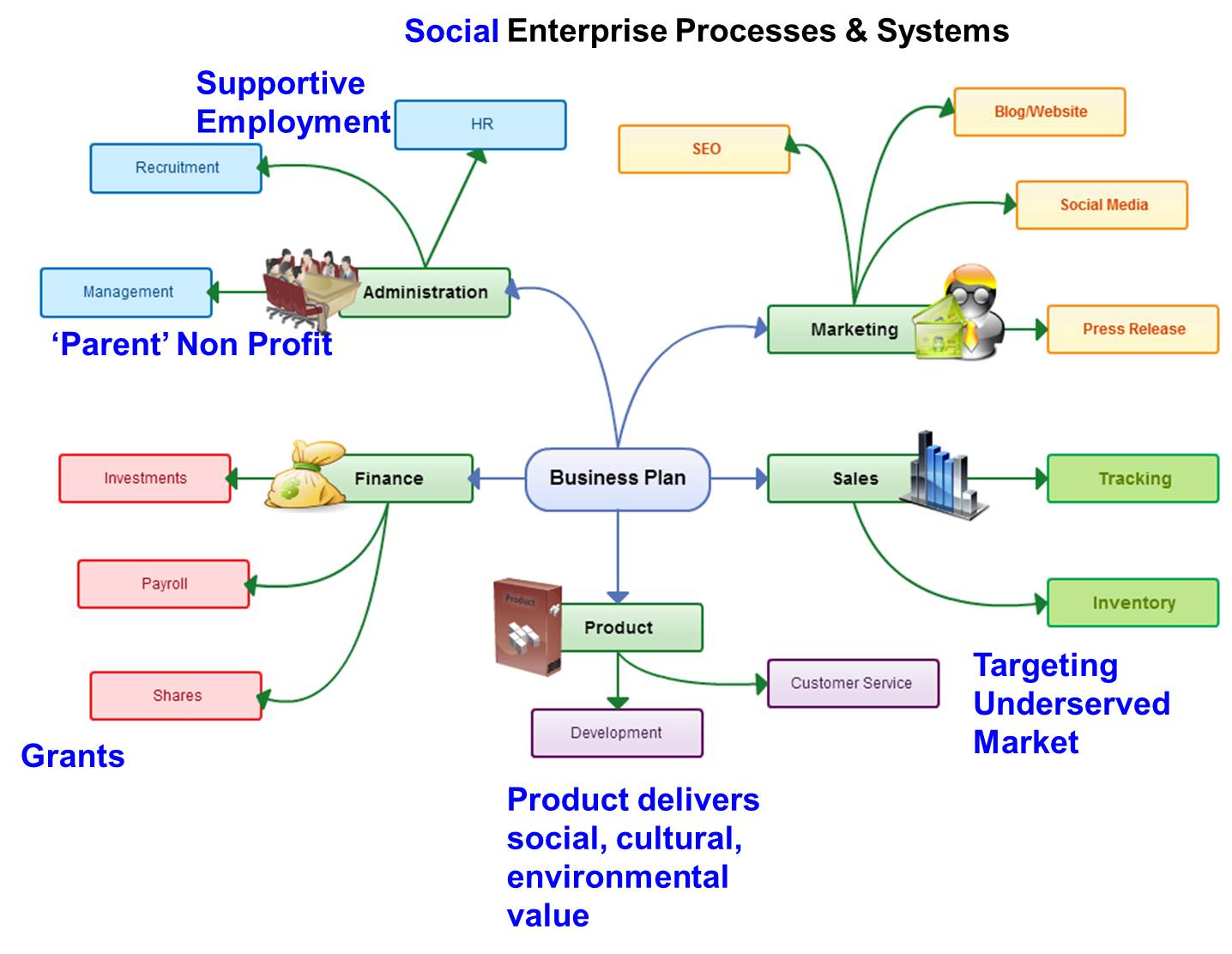


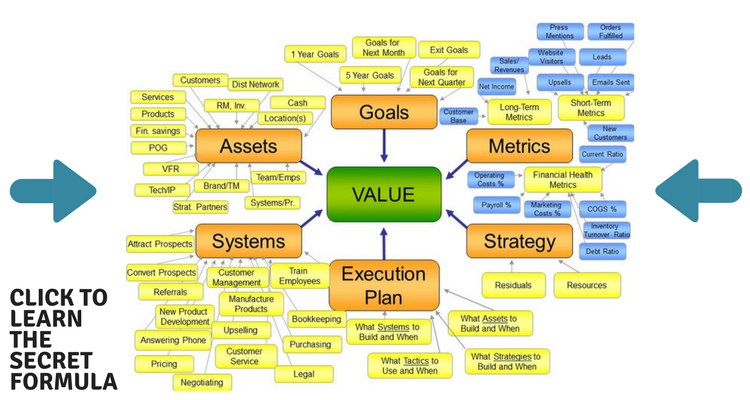
.png#keepProtocol)


